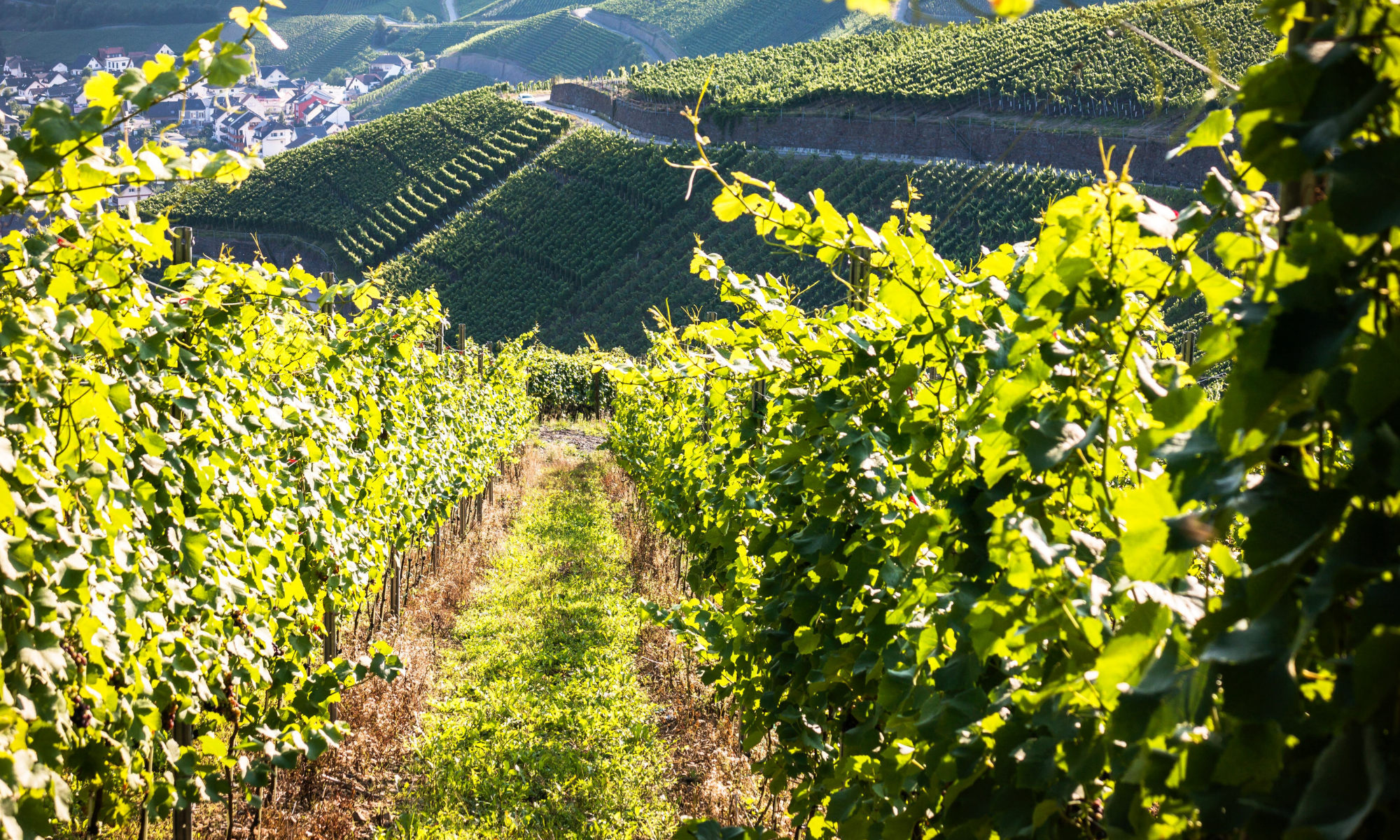Summer conjures up thoughts of a trip to the beach. Today we have a new picture book that is a perfect selection for accompanying a trip to the beach as well as for celebrating #WorldOceanDay on June 8 and #NationalSeashellDay on June 21, What A Shell Can Tell: Where They Live, What They Eat, How They Move and More by Helen Scales and illustrated by Sonia Pulido.

Award-winning marine biologist Helen Scales introduces children to the wonders of all molluscs (The British spelling for the phylum is used throughout. In the US, they are called mollusks.) She answers a series of questions, such as “What is a shell?” “What can a shell’s color tell you?”, “Who else uses shells?” etc.
Because Scales is an expert in the topic, the answers are spot on. They are well organized, informative, and up-to-the-minute accurate. They are also enjoyable to read. Although the recommended reading age is 6 to 9 years old, I would say that it is more like 6 years old (probably with an adult to help) plus. Adults will likely learn new things from it.
The text is well done, but it is the gorgeous illustrations that will keep you going back. They feature vibrant colors, the interesting shapes, and water that ripples off the page.
What a Shell Can Tell is great to accompany a trip to the beach, or to conjure up cool waves in your own home. It would be a must-have resource for libraries, too. Enjoy a copy today!
And stop by Growing with Science blog for more information and an ocean of activity suggestions.

Copyright © 2022 Roberta Gibson All Rights Reserved.










